Outdoor Tours and Nature Activities
The Sacred Valley is an outdoor paradise, perfect for hiking, rafting, biking, and more.
Rafting in the Sacred Valley
Since Peru has some of the best whitewater rivers in the world, is there a better way to enjoy some amazing scenery of the Andes? Cusco and the Sacred Valley are by far the rafting capital of Peru, offering popular 1 or 2-day trips on the Urubamba River and multiple-day trips on the exciting white waters of the Apurimac River.
Whitewater rafting on the Urubamba River is very popular and can be easily organized from Cusco or the Sacred Valley. Many trips depart Cusco early, and you are usually back in Cusco by mid-afternoon. Rafting Tours normally include lunch, transportation, and safety equipment, with prices starting at around $60 per person. There are three parts of the Urubamba River that are regularly visited.
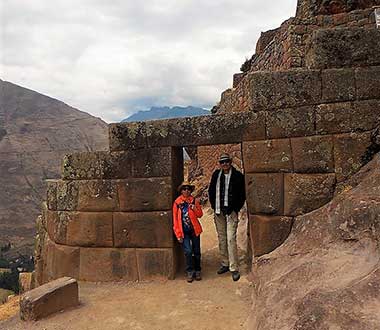
The first part of from Huambutio to Pisac. Here you can find rafting trips all year round, and this is a great place to begin if you have never done rafting before. The rapids are relatively easy, and previous experience is not necessary. If you are looking for a greater challenge or rougher waters, there are some other spots to choose from. This rafting tour is pretty tranquil and provides the time to gaze at the beautiful scenery around.
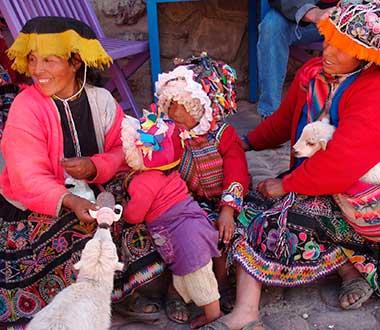
Another fantastic rafting trip in the Sacred Valley is the popular section of whitewater between Ollantaytambo to Chilca. Those without much experience can still raft down here. However, it is a bit more challenging. This trip can be combined with a visit to some of the nearby ruins in Ollantaytambo. The starting point is in Chilca, which is about a 5-hour trek from the starting point of the Inca Trail at Km82.
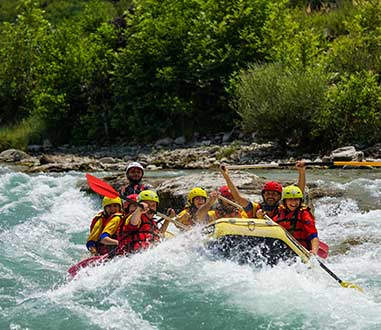
For those looking for a bit more of a challenge, you can ride the rapids starting at Huaran. This tour is only offered between June and September (in the dry season). The size of the rapids is larger, and experience in rafting is a must. This section of the river is further along the Urubamba, heading towards Machu Picchu. Trips do not run on a daily base, so it is best to check with agencies in advance if you are interested.
Rafting on the Apurimac
The Apurimac River is another famous spot where travelers in Peru can catch a great ride. Apurimac means 'speaking God' in Quechua and was considered a sacred river by the Incas. The Apurimac heads out towards the mighty Amazon, where the grand river cuts through cliffs, granite walls, and gorges and descends into lovely valleys and tropical rainforests.
White water rafting is classified into different categories depending on the size of the rapids. They range from I to V, with I being the easiest and V being the most difficult. Usually, rapids classified as class V can only be undertaken by the most experienced guides, and often the public is unable to ride in these areas. Always check with agencies about the class of rapids that you will be riding to make sure that you feel comfortable. Safety is the most important for all of those looking to raft. When you feel safe and secure, you will be able to enjoy this adventure sport even more. So get your wet suits on! The beautiful waters of the Sacred Valley are waiting for you.
Hiking in the Sacred Valley
If giving your legs a good workout is your thing, the Sacred Valley of the Incas and Cusco area is where you want to be to get out and stretch your legs among the fantastic mountain scenery. In addition to the famous Inca Trail, there are a variety of treks and trails that cater to those with all fitness abilities.
Whether you prefer leisurely afternoon strolls or a heart-pumping trek in the Andes, there is something for everyone, regardless of your tastes. Ollantaytambo and Yucay, in particular, make excellent bases for exploring the hills of the Urubamba Valley. There are numerous tour agencies in Cusco that offer information regarding one-day or multiple-day hikes or offer group trips to suit whatever your needs may be.
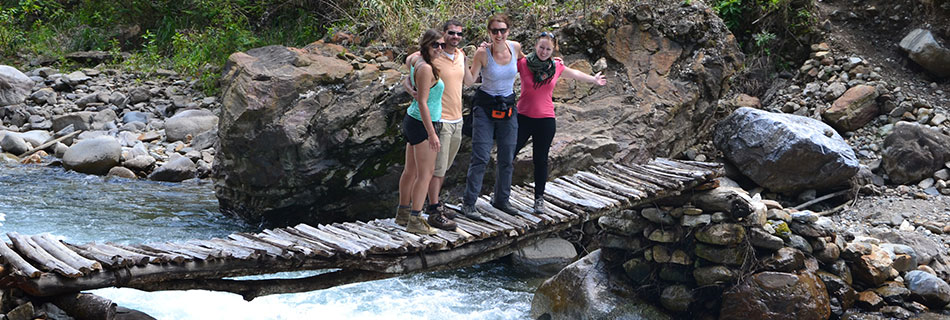
The best time of year to hike in the Sacred Valley is from May to December when the trails are dry. It is important that you are adjusted to the climate and the altitude before heading out on a trek. The higher altitudes can make hiking tricky when you are not yet used to the thin air. With lower oxygen in the region, it is best to take your time while hiking or beginning a trek, for instance, after a week of studying Spanish in the Sacred Valley.
Popular multiple day treks to explore the Sacred Valley
Salkantay Trek
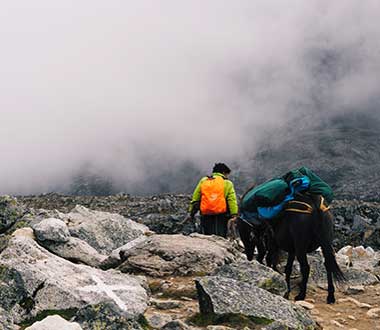
The Salkantay trek requires some physical strength and some prior experience in hiking. The heart of this trek is by far the crossing of the Nevado Salcantay (6,271 meters), the massive mountain that looms above the Inca Trail and plunges into the magnificent mountain city of Machu Picchu. Most trekking companies offer four or five-day treks from Mollepata in the Limatambo Valley. The route itself stretches across Cordillera Vilcabamba and includes a steep ascent up to the Incachillasca Pass (5,000 meters a.s.l.), followed by a sharp descent along the glaciers of Salcantay. Though physically demanding, the trail offers rewarding views of snow-covered peaks and glacial valleys. The Salkantay Trek goes through different climates and includes the opportunity to visit warm water springs and a zip line. On the last day, you visit Machu Picchu from Aguas Calientes.
Inca Trail
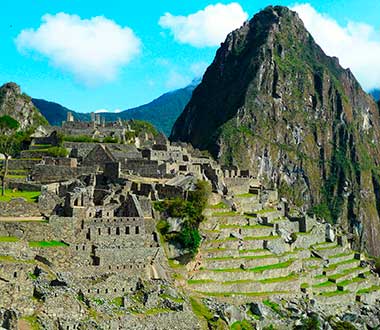
The Inca Trail, with Machu Picchu as its final destination, is the most popular hike of Peru. With a total of 45 km, it takes four days included the visit to the ruins of Machu Picchu. The natural scenery is breathtaking. With views of snow-capped mountains, the enchanting cloud forest, and nature at its best, hiking the Inca Trail is an unforgettable hiking and cultural experience in Peru. Although there are many fantastic treks in the Sacred Valley, the Inca Trail is the only one that leads to the awesome gates of Machu Picchu, the ultimate thrill of this trek. The Inca trail is part of the Sanctuario Historico de Machu Picchu, an area of 32,000 hectares that has been set aside by the Peruvian state to protect the local flora and fauna.
Lares Trek
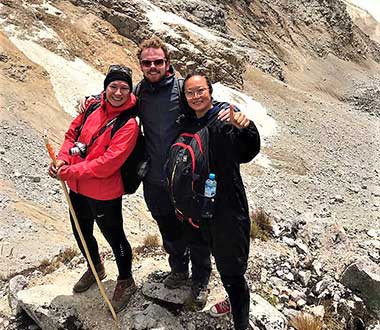
The Lares Valley is a remote and rarely visited area, wonderful if you want to steer clear of the touristy areas. It is a beautiful region with a magnificent backdrop of the Urubamba Mountains east in the Sacred Valley, stretching out for about 30 km with the snow-capped peaks that you see from the Machu Picchu train. The Lares Valley is easily accessible and offers strenuous trekking through quaint mountain villages and with upward climbing that can pass up over 4,000 m. Unlike other treks, the Lares trek gives you some rare glimpses of the majestic mountains of Pitusiray and Chicon. Peek into the lives of the local Quechua-speaking Indians herding llamas and alpacas while farming potatoes and coca. The Lares trek is a wonderful experience and will open your eyes to the amazing culture in this region.
Note about the inca trail
Remember that a limited number of people are allowed on the Inca Trail to Machu Picchu per day, you can only book the Inca Trail with a recognized trekking company in Cusco. The Inca Trail fills up fast and is sometimes unavailable for months at a time. Be smart and book your reservation well in advance if you are interested. For more info: www.incatrail-peru.com
Biking in the Sacred Valley
Biking through the Sacred Valley is a wonderful way to take in the region and get a bit of exercise while at it. Many tours in Cusco offer biking tours taking you on some wonderful trails that lead throughout both the Valley and up into the mountains.
For those who love to mountain bike, Peru has one of the largest networks of Inca remains and numerous trails that will take you to many amazing archaeological sites all throughout Peru. Take a biking trip through remote villages and visit with the local Andean communities or venture outward towards the Andes Mountains and gaze at the spectacular views. Whichever is your pleasure, there is something here for everyone.
Biking in Pisac
In Pisac (2970m), it is possible to do a short hike to visit the archaeological remains founded by the Incas, visit a local Andean market and continue biking along the lush Sacred Valley on the right bank of the river. Here you can pass through towns such as Qoya, Lamay, and Calca, and if you want to go further, you can go to Urubamba (2880m) and Ollantaytambo (2850m). With few tourists and cars in the area, you can bike on the main road without much traffic and take in all of the surroundings - but be careful.
Many tour companies in Cusco offer bike tours to visit multiple archaeological sites in the Sacred Valley in one day. One particular bike trip is a tour to Moray, Maras, and Salinas, located in the Sacred Valley.
The Moray Complex is located about 7 km away from Maras and about 35 km from Cusco. This fascinating site boasts large natural depressions on the ground surface, and the Incas used this area for building irrigated farming terraces. Because of its local climate, it was a very important site for the domestication and hybridization of agriculture and the natural species that reigned in the region.
From Moray you can then head over to the Maras Salt Mine located near the town of Maras. Gaze at the snow peaks located out in the distance while visiting the local saltpans of the Sacred Valley that formerly belonged to the Incas.